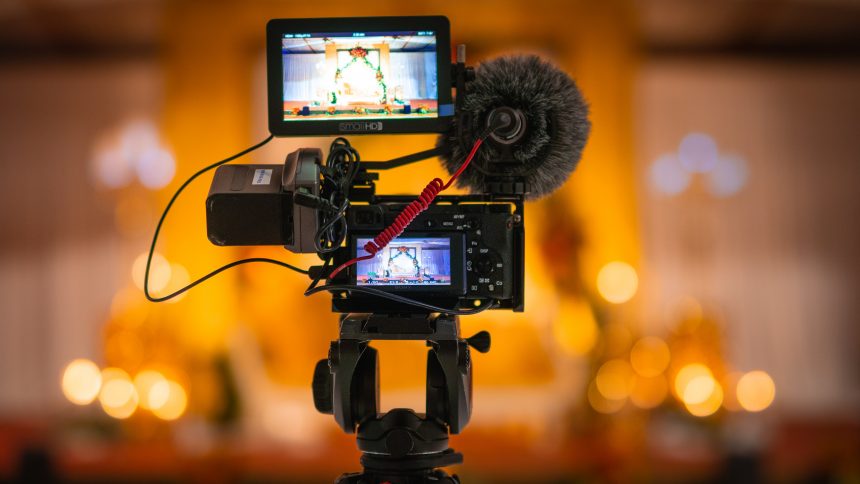Videography Advice For Beginners

Camera technology has vastly improved over the last few years. As a result, anyone can become an amateur videographer without breaking the bank on videography equipment. A good example would be smartphones; they can shoot video, and free software systems are available for editing on the app store. So it’s possible to film a movie whenever you want nowadays.
If you’re looking into starting a career as a videographer, this blog will provide valuable videography advice to consider when shooting your first film.
Always Film In Horizontal
Most importantly, always create your film horizontally. Many beginner videographers who use their phone to film, like when they are shooting for still photos, switch from vertical to horizontal depending on what works best for the subject matter. However, videography however not have a finished product that flips from one to the other and back again, so stick to horizontal filming.
There are a few other essential shooting techniques that can be helpful if you’ve never shot moving pictures before.
Always Use a Tripod For Videography
If you want your film to be stable, place your camera on a tripod. Likewise, use a tripod to reduce camera shake if you’re doing a moving shot. A dolly is a small, wheeled platform for holding cameras while shooting movement. Professional camera operators have expensive dollys, but you can craft one for the same effect, depending on your location.
When considering movement, it’s also good to keep in mind that you don’t need to zoom or pan in every video shot. It’s okay to set the camera up and let it film an entire scene from a single angle.
Think about your favourite videos or movies that use moving shots. Of course, moving shots are used, but the movement is often done through different shots instead. For films, filmmakers will transition from wide shots to medium, to close-up, to a different angle of the same close-up, for example. Varying your shots helps keep the audience engaged in your video.
Create a Shot List
Before you start filming, consider making a short shot list of the types of shots you want to capture during the filming process. You should include some moving shots, but keep in mind that too much movement can be a bad thing.
Setting Up Your Shots
If your subject matter contains other people in the shot, make sure to give everyone enough headspace. You do this to ensure there is enough space between the top of the frame and the top of your subject’s head. Some diting software systems may slightly zoom in on your footage. If that happens and you didn’t consider headspace, you may end up with people in your film with their heads cut off.
When transitioning from photo to video, photographers often curb their instincts. While shooting stills, switching between apertures and shutter speeds is possible without issues. However, if you’re capturing a video, switching apertures and shutter speeds can result in your footage looking off. Find the best settings before you start shooting, and stick to those settings for the entirety of your shoot.
But, avoid ignoring all of your photographic instincts and techniques. Techniques for composition and framing such as Rule of Thirds are applicable in videography too.
Footage Editing
Thinking about how you want to edit your video while shooting is a good habit to have. Thinking a few steps ahead will help ensure that you get all the footage you need for the final product.
You should always film more footage than you think you’ll need for your final product. This is good to do just in case of issues happen when you start editing, and it’s better to have too much footage available than not enough footage. Also, when filming, try experimenting with new shots and angles depending on the situation.
Want to read more about our blogs? Visit here.


Leave a Reply